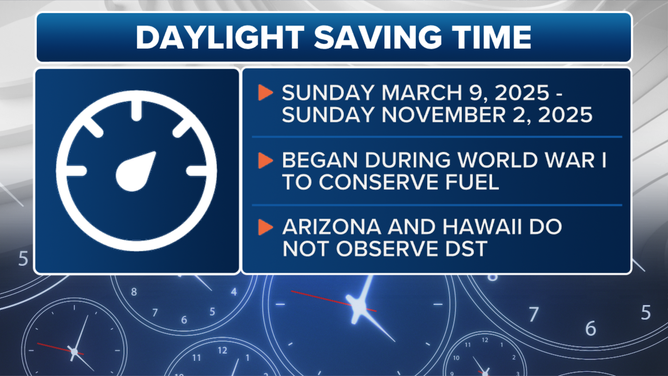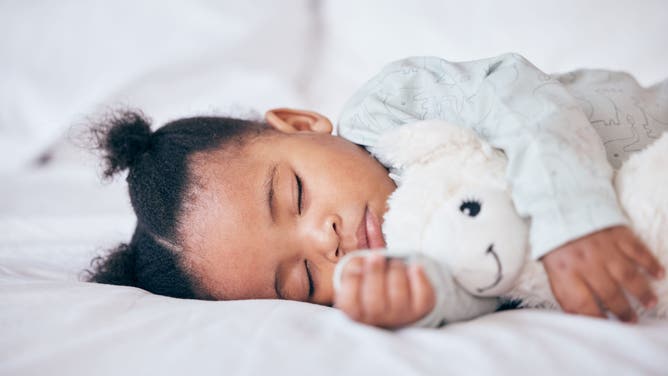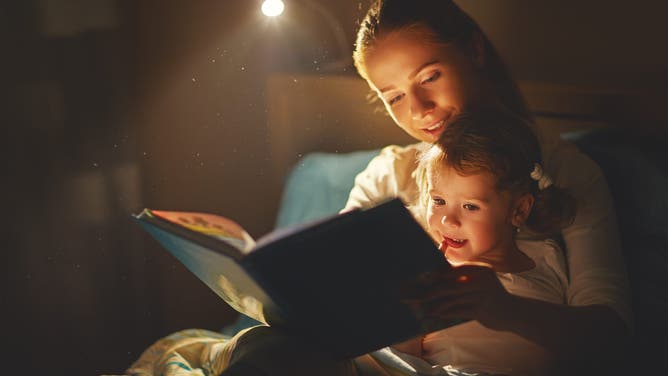How parents can prepare children for daylight saving time change
The transition from standard time to DST and vice versa can be rough for little ones and their parents. Sleep experts have recommendations to help your children (and you) adjust to the time change.
Is daylight saving time here to stay or not?
FILE VIDEO: Daylight saving time is here with clocks moving forward an hour tonight. When it comes to springing forward, there are tons of misconceptions about why we do it, when it started, and if it’s here to stay or not. FOX Weather’s Nick Kosir decided to set the record straight. Here's what he found.
Sleep-deprived parents are probably dreading the daylight-saving-time change coming this weekend unless they have prepared their family ahead of time.
Daylight saving time begins at 2 a.m. Sunday when the clocks spring forward by one hour. Meaning when your little one goes to bed at 7:30 p.m., they will wake up one hour later in the morning and probably throw off your whole nap/sleep schedule.
The transition from standard time to DST and vice versa can be rough for little ones and their parents. Several sleep experts offer recommendations on how to help your children adjust to the time change.
HOW DAYLIGHT SAVING TIME CAN IMPACT YOUR HEALTH

Information about daylight saving time this year.
(FOX Weather)
Pediatrician Dr. Harvey Karp, the author of "The Happiest Baby on the Block," recommends a gradual transition to the new bedtime.

A baby girl sleeps with a stuffed animal. (Image: Adobe Stock)
"Every evening — for the four or so evenings leading up to daylight saving time — shift dinner and bedtime 15 minutes earlier if in spring, and 15 minutes later if in fall," Karp writes. "Four nights tends to work well for most children, but your child may only need two nights, depending on your baby or toddler’s temperament."
10 THINGS TO CHANGE IN YOUR HOME WHEN YOU CHANGE YOUR CLOCKS
If you are reading this the night before DST starts, and you haven't done the gradual transition. That's OK too.
The baby sleep gurus of "Moms on Call" say to put your baby to sleep on Saturday at their normal time and be sure to adjust the analog clocks one hour forward, like those on your oven and microwave. On Sunday, resist the urge to let your child sleep in and wake them according to the new time. Then follow the clock and stick to your normal nap and bedtime schedule.
Stick to your bedtime routine
All sleep experts suggest sticking to your bedtime routine, whether that's a bottle, bath and a book or whatever works for your little one.

A mother and child read a book before bed.
(Adobe Stock)
This routine is what helps children know that it's time for sleep.
HOT PLAYGROUND DANGER: CHILDREN COULD GET THIRD-DEGREE BURNS FROM EQUIPMENT
Karp also recommends getting in some quality outdoor time in the morning during this transition. He said it helps toddlers and older children burn energy and exposes them to sunlight, which produces the sleep hormone melatonin.
According to Moms on Call, the transition to the time change can take about three days before your child adjusts. Meanwhile, Karp says the transition may take up to a week for little ones and adults.
